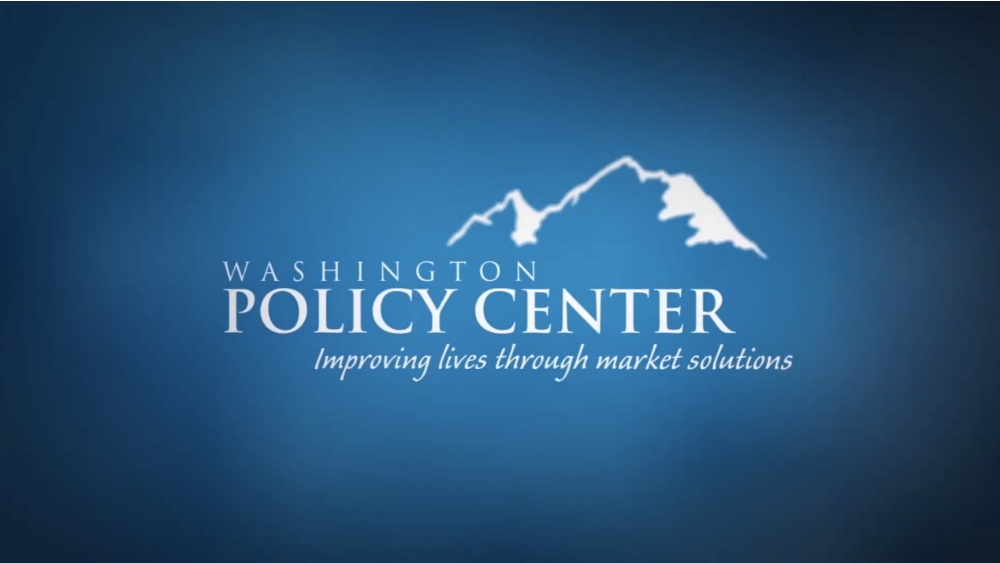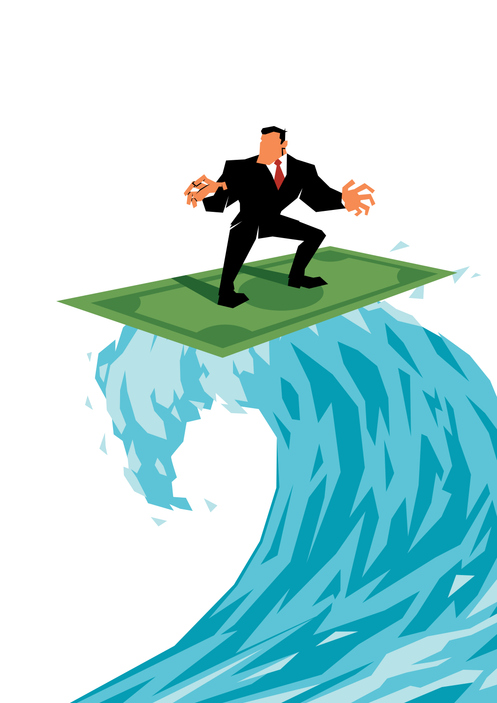The single most important problem our state legislators face this year is the need to pass a balanced budget. Right now lawmakers are looking for any means possible to close the projected budget gap, by boosting taxes and fees, trimming planned spending increases, or some combination of both.
The problem is that state spending continues to increase considerably faster than the rising level of tax revenues. Even though taxes going to Olympia will increase by some $500 million over the next two years, legislators still face a $2.4 billion deficit compared to what they had planned to spend.
State leaders need to think creatively about how to get mounting costs under control, and the first place they should look is the state prison system. The Department of Corrections budget has more than doubled over the last ten years, rising from $502 million in 1991-1993 to $1,072 million today. Prisons costs rose more than 12.3% in just the last two years, a rate more than four times faster than inflation. The cost of running the prisons has increased faster than total spending every year for the last decade, and it now is one of the fastest growing areas of government.
Yet with all that funding, the system is still facing breakdown. Every state prison facility but one is overcrowded, some by as much as 50%. Many of Washington's 39 county jails are also filled beyond capacity. Together county jails are designed to hold 8,770 prisoners, but instead house an average daily population of around 10,000.
Lawmakers will never get a handle on the deficit until they learn to control rising prison costs, and privatization and competitive bidding offer a constructive way for state leaders to provide critical prison services at lower cost.
Other states have already learned this lesson. Recent research compares two groups of states over four years, 1997 through 2001. The first group consists of states that took strong advantage of market competition by devoting at least 20% of their corrections system to privately run prisons. The second group consists of states with few or no private prisons. Washington is one of these. In every rated category, the states in the first group operated a more cost-effective prison system than those in the second group.
States that made a greater investment in private prisons enjoyed far lower expenses per day per inmate than other states. These states had an average daily cost of $82.59 per inmate in 2001, compared with an average daily cost of $123.43 for states with few or no privately run prisons.
In Washington the per diem cost for prisoners in 2001 was $104.25. In neighboring Idaho, where state leaders made a significant investment in private prisons, per diem costs were 42% lower, just $60.21. Other Western states that greatly benefited from lower per day costs because of private prisons were Montana ($80.93), New Mexico ($85.89) and Colorado ($67.05).
There is also a measurable relationship between states that have invested in private prisons and their ability to control the rise in the total cost of government. States with more private prisons saw their overall state spending increase an average of 24% over four years, compared with an average increase of more than 32% for non-privatized states.
Some comparisons reveal the striking efficiencies states gain from using private prisons.
Utah spends $125.40 per day for each prisoner housed, while neighboring Colorado, using privatization, spends just $67.05 per day for the same service.
Minnesota spends $164.03 per prisoner per day, while Wisconsin spends $93.33 per day, or 43% less.
Tennessee was able to reduce prisoner costs per day by more than 8% over four years, while in neighboring North Carolina per diem corrections costs over the same period increased by 15%.
In Washington per day costs increased almost 25% over four years, while in Idaho they increased at less than one-third that rate, by only 7.4%.
While private prisons are not perfect, the high quality, safety, low cost and management innovations that come from competitive pressures directly benefit the public interest. Taking advantage of private prisons would allow Washington lawmakers to relieve overcrowding and to dramatically slow the growth in the government's long-term structural costs.




